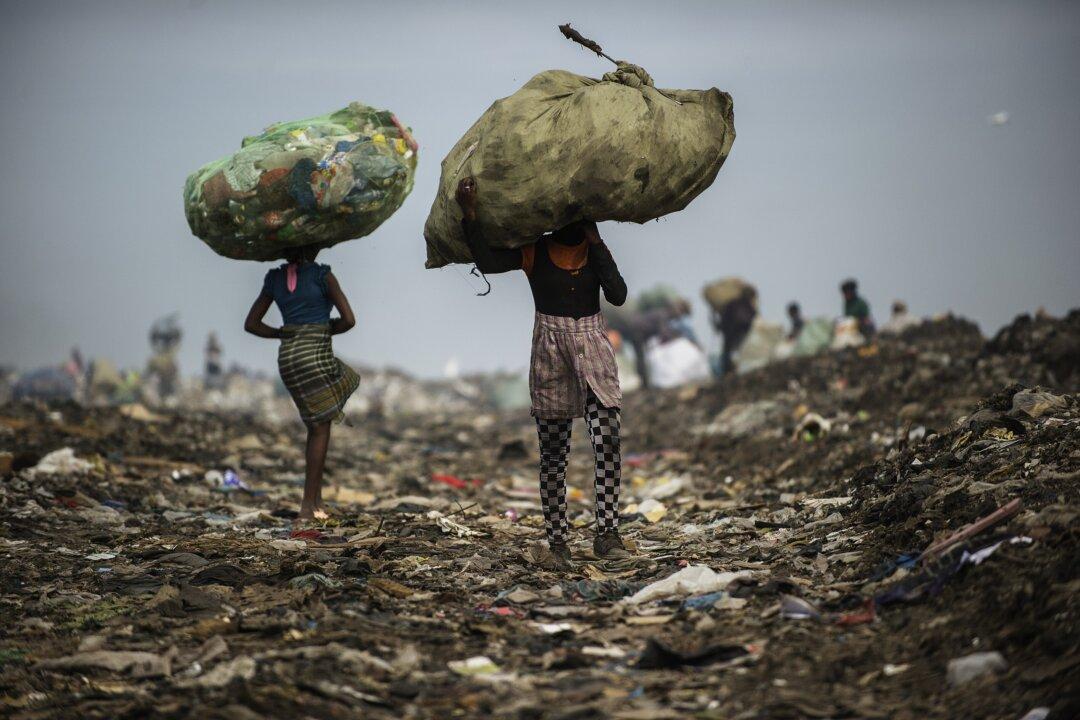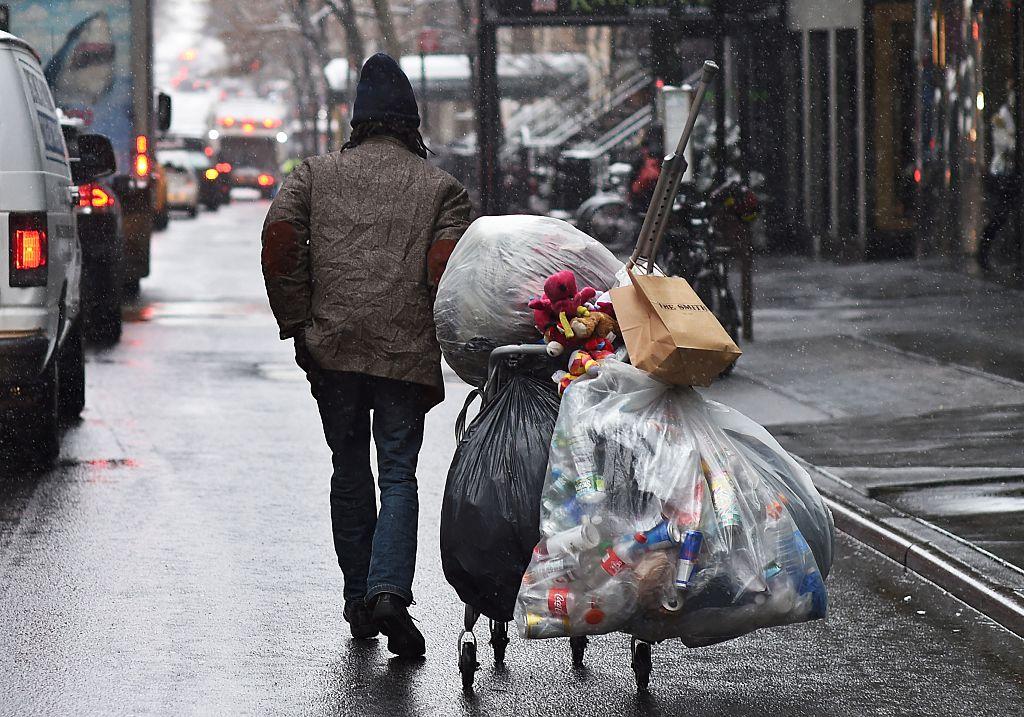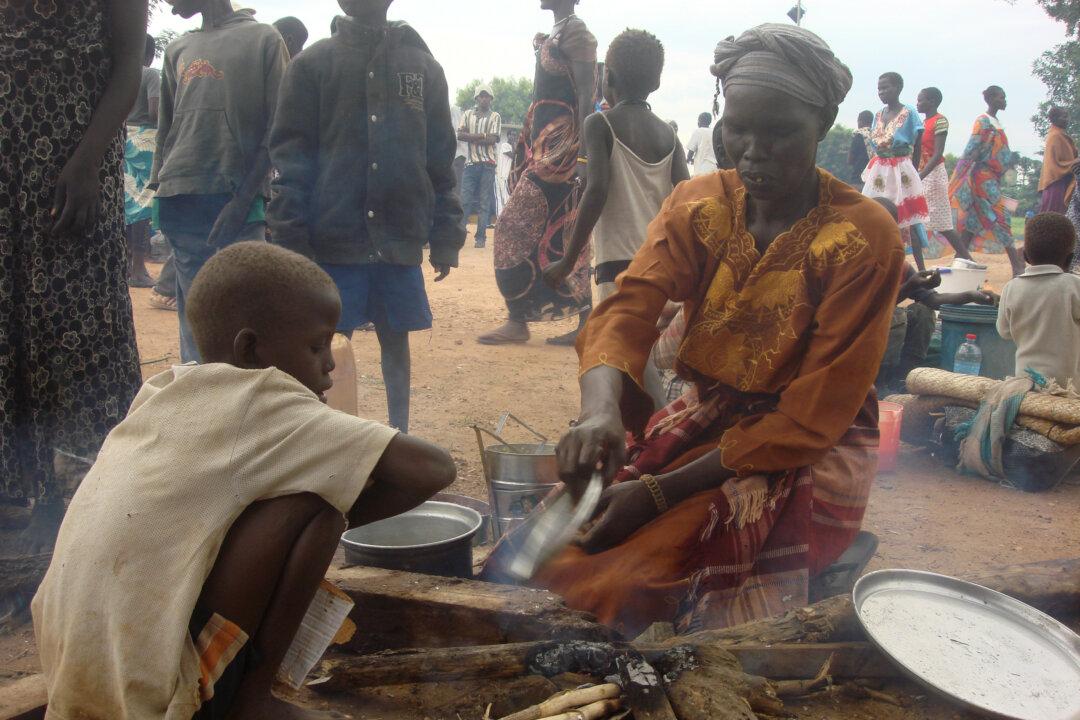Concern for the health of the poor is one of the critical issues in development. Poverty and health are closely linked. Poverty cannot be defined solely in terms of low or no income. No access to health services, lack of access to safe water and adequate nutrition, and illiteracy or low educational level are also essential components of poverty. Poverty is one of the most influential factors in ill health, and ill health—in a vicious cycle—can lead to poverty.
Poverty is one of the most influential factors in ill health, and ill health—in a vicious cycle—can lead to poverty.




